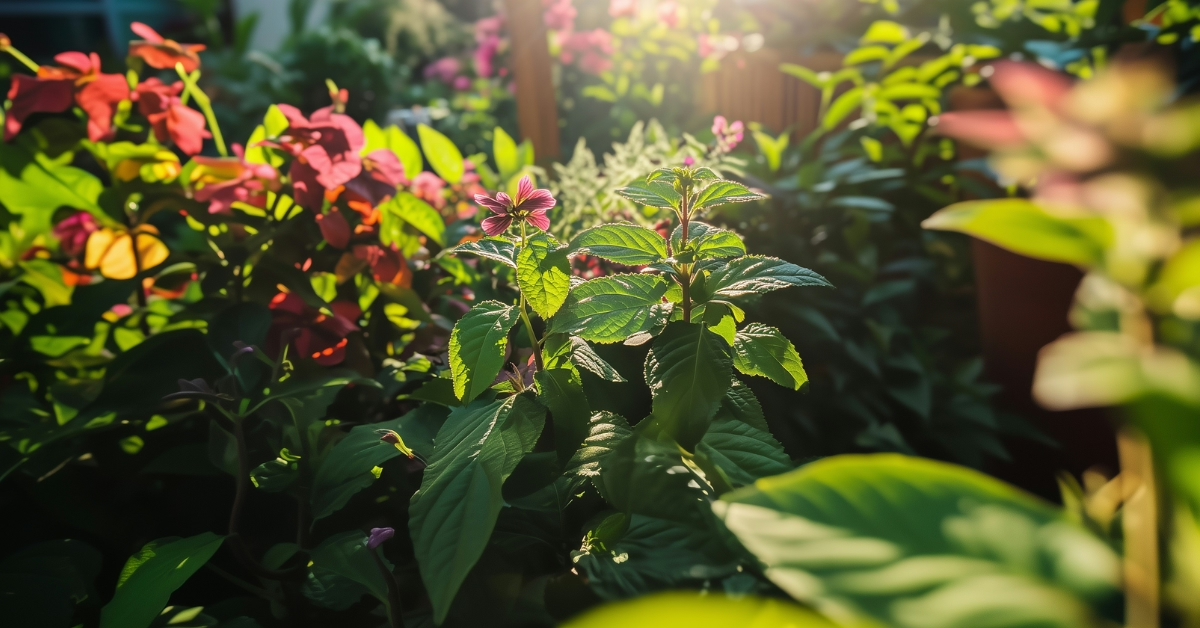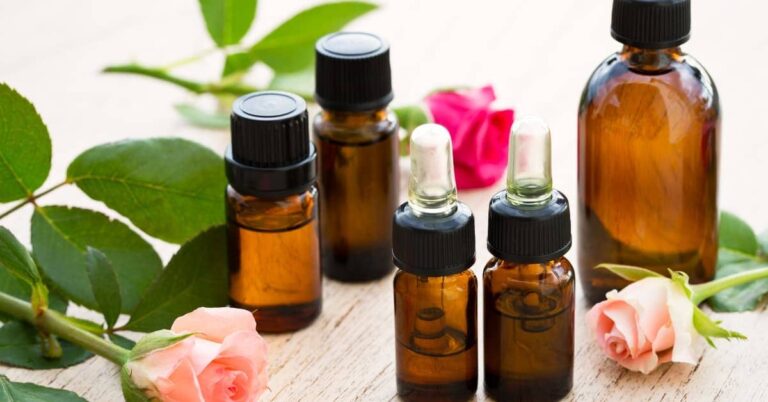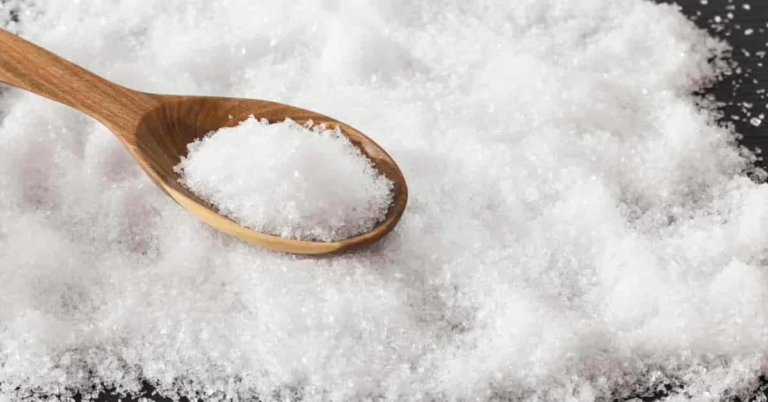Epsom Salt For Tulsi Plant
Magnesium plays a vital role in the production of chlorophyll, which keeps your plants healthy and green. If you notice your Tulsi plant’s leaves turning yellow or the veins whitening, it could indicate a magnesium deficiency. A simple remedy to boost the plant’s health is sprinkling a spoonful of Epsom salt around it. This not only stimulates growth but also promotes vibrant green foliage.

How Epsom Salt Benefits Your Tulsi Plant
If you’re aiming for a lush, green organic garden, especially when it comes to your Tulsi plant, Epsom salt could be your best friend. This natural mineral has plenty of benefits that enhance soil health and plant vitality. Here’s how Epsom salt can benefit your Tulsi plant:

Boosts Seed Germination
Magnesium is essential for seed germination, helping to form strong cell walls that lead to healthier, stronger seedlings. Using Epsom salt can increase the chances of faster and more successful germination.

Eases Transplant Shock
Moving seedlings or delicate plants to larger containers often causes shock, leading to wilting. Adding a tablespoon of Epsom salt to the base of the transplanted Tulsi helps the roots adjust and reduces transplant stress.
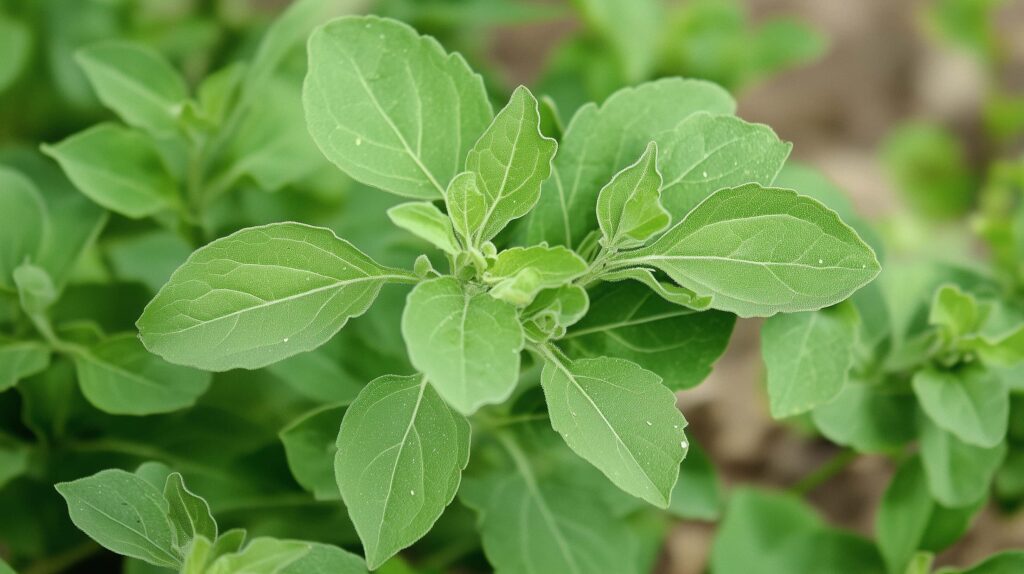
Encourages Greener Leaves
A magnesium deficiency can cause yellowing leaves and pale veins in plants. By scattering a small amount of Epsom salt around your Tulsi plant, you can promote the production of chlorophyll and ensure a healthier, greener appearance.

Prevents Leaf Curling
Magnesium deficiency can also lead to curled leaves. Sprinkle some Epsom salt around the base of your Tulsi, or mix 2 tablespoons with 4 liters of water and spray it directly onto the leaves to address this issue.

Acts as a Pest Deterrent
Epsom salts are crystalline, making them a natural pest deterrent. Sprinkling Epsom salt around the base of your Tulsi plant can help keep pests like slugs and snails at bay, protecting your plant from harm.

How to Use Epsom Salt for Tulsi Plants
Whether you’re planting or pruning your Tulsi, using Epsom salt as a supplement can help it thrive. Here’s how you can incorporate it into your gardening routine:
1. Epsom Salt Fertilizer for Tulsi Plants
Epsom salt can act as an effective, natural fertilizer, giving your plants a boost without the harshness of chemical fertilizers.
Ingredients
- 1 tablespoon Epsom salt
- 4 liters of water
Steps to Use
1. Fill a spray bottle with 4 liters of water.
2. Add 1 tablespoon of Epsom salt.
3. Close the bottle and shake well to mix.
4. Spray this mixture onto the leaves of your Tulsi plant every two weeks to keep the foliage lush and green.
2. Epsom Salt as a Natural Pesticide for Tulsi Plants
Epsom salt, while not exactly the same as table salt, can still deter pests. Use it to create a pest-free zone around your plant.
Ingredients
- ¼ cup Epsom salt
Steps to Use
1. Clean the area around the plant.
2. Gently dig around the plant to allow airflow.
3. Sprinkle ¼ cup of Epsom salt around the plant’s roots.
4. Use this method once a month to keep pests at bay and boost your plant’s overall health.
3. Epsom Salt and Cow Dung Fertilizer for Tulsi Plants
For those who prefer organic gardening, combining Epsom salt with cow dung creates a potent fertilizer that enhances soil fertility.
Ingredients
- ¼ cup Epsom salt
- 8 cups cow dung
Steps to Use
1. Add cow dung to a container.
2. Mix in the Epsom salt evenly.
3. Spread the mixture over the area where you plan to plant your Tulsi.
4. Let the mixture sit for a week to enrich the soil.
5. After a week, dig up the area and plant your Tulsi.
6. Water the plant as usual.
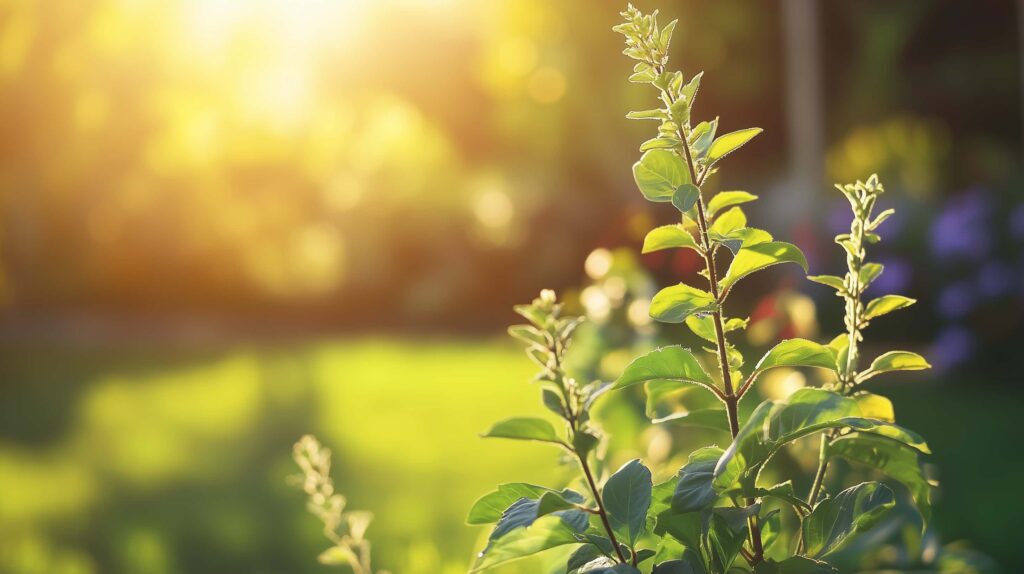
Wrapping Up
Epsom salt is an affordable and natural way to provide essential nutrients to your Tulsi plant. It’s easy to apply and can address multiple plant issues, from promoting growth to preventing pests. Whether you’re growing a small indoor plant or managing a full garden, Epsom salt can be a game-changer in helping your plants thrive. Try it out and watch your Tulsi flourish with healthier, greener leaves and a more robust growth structure!

